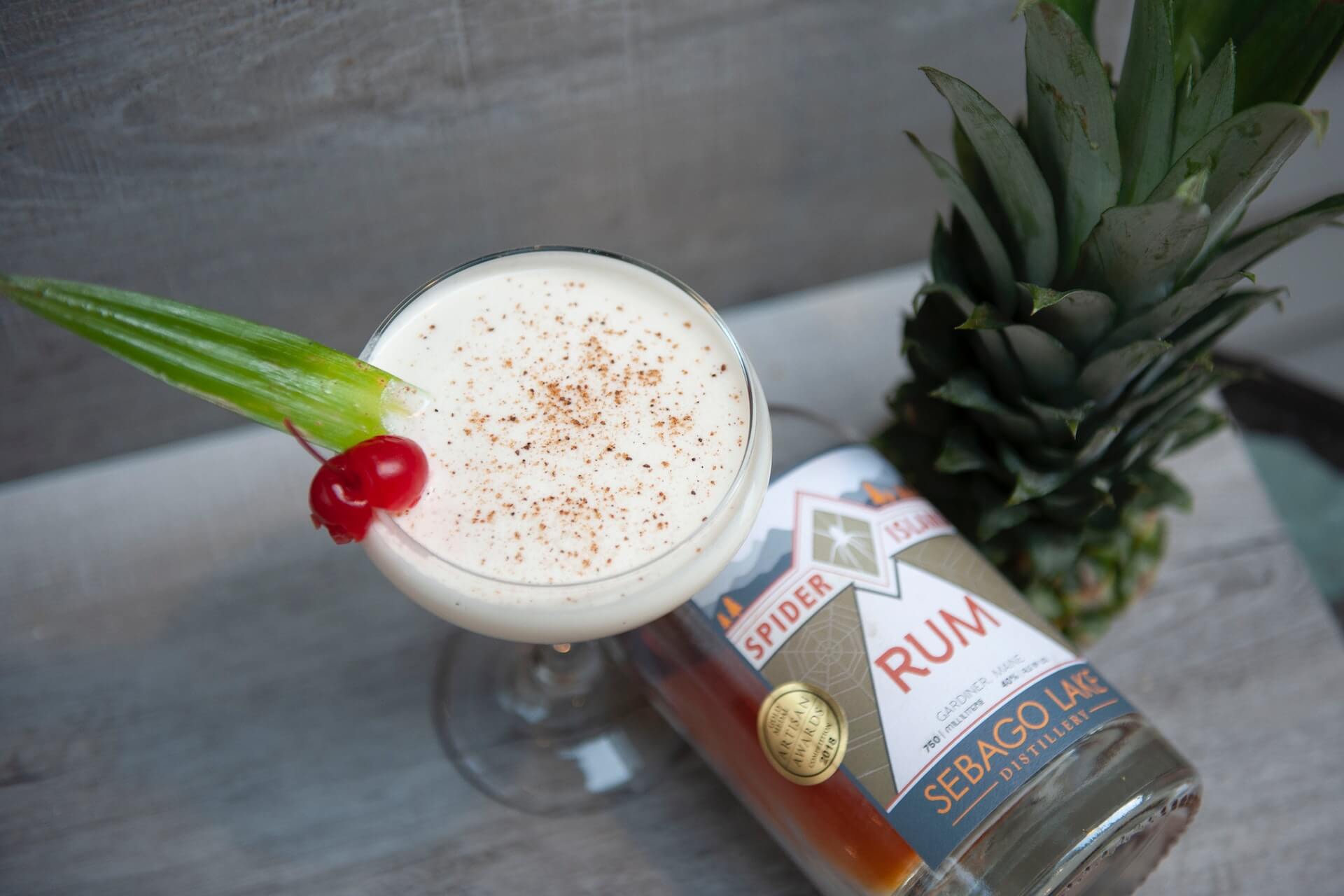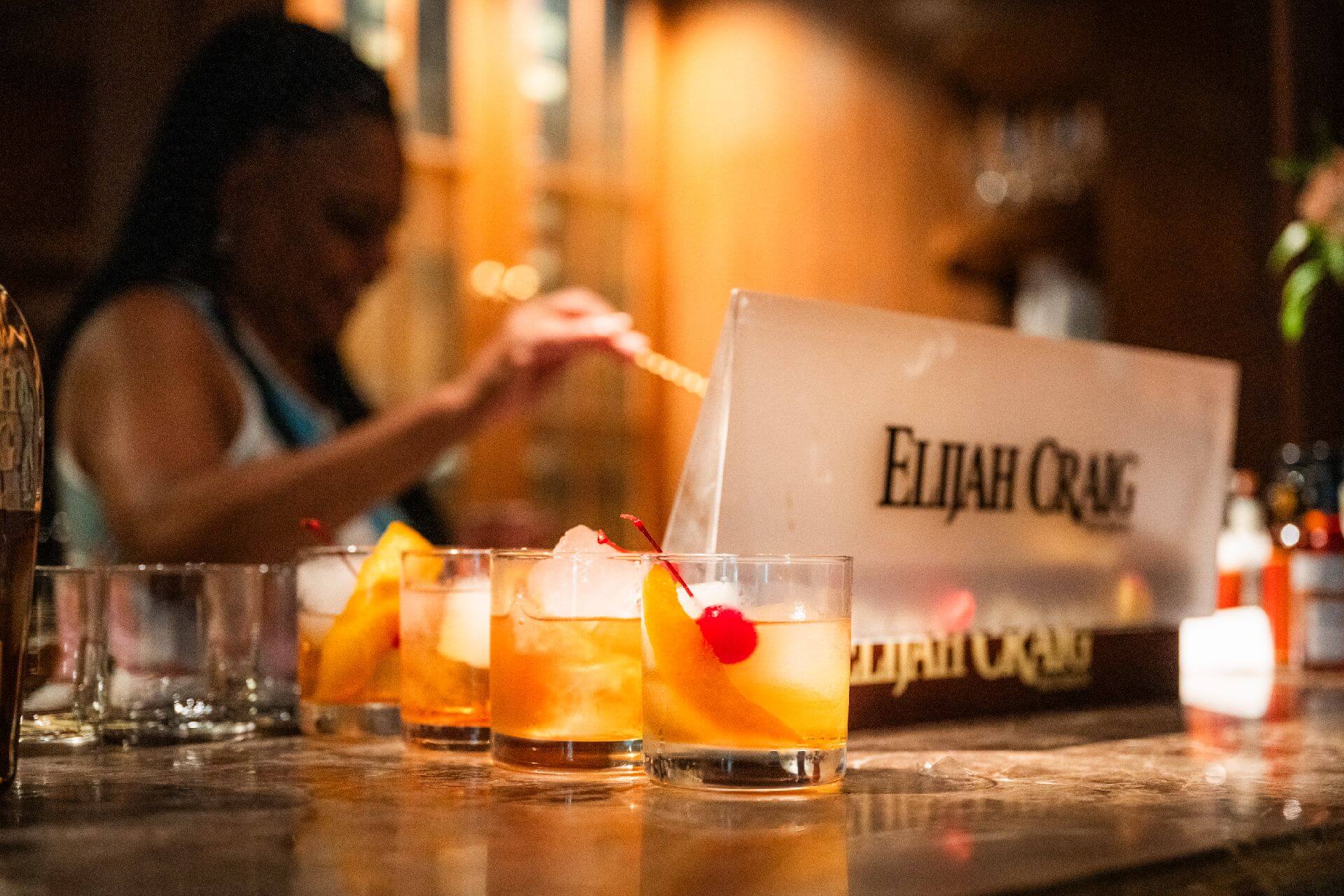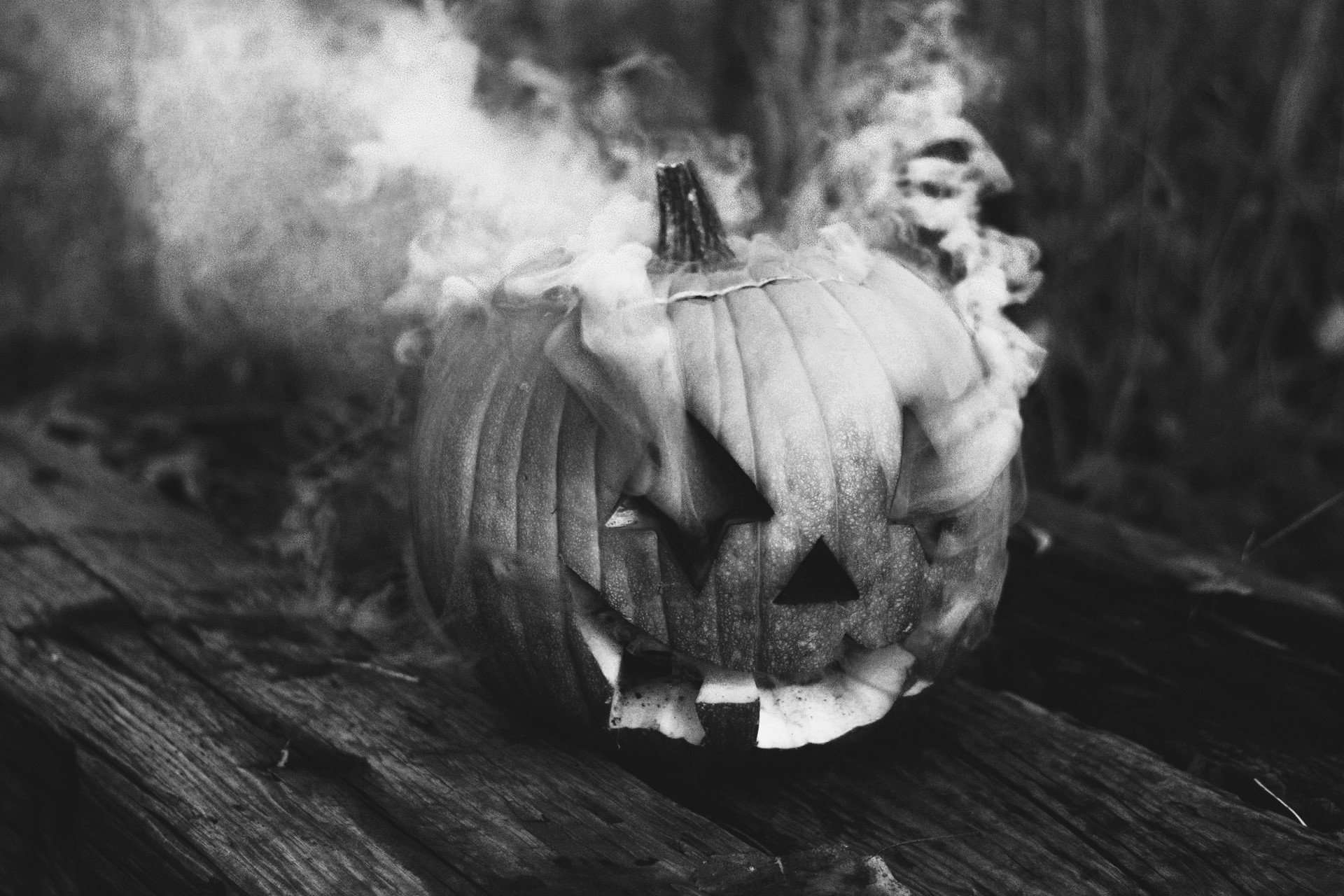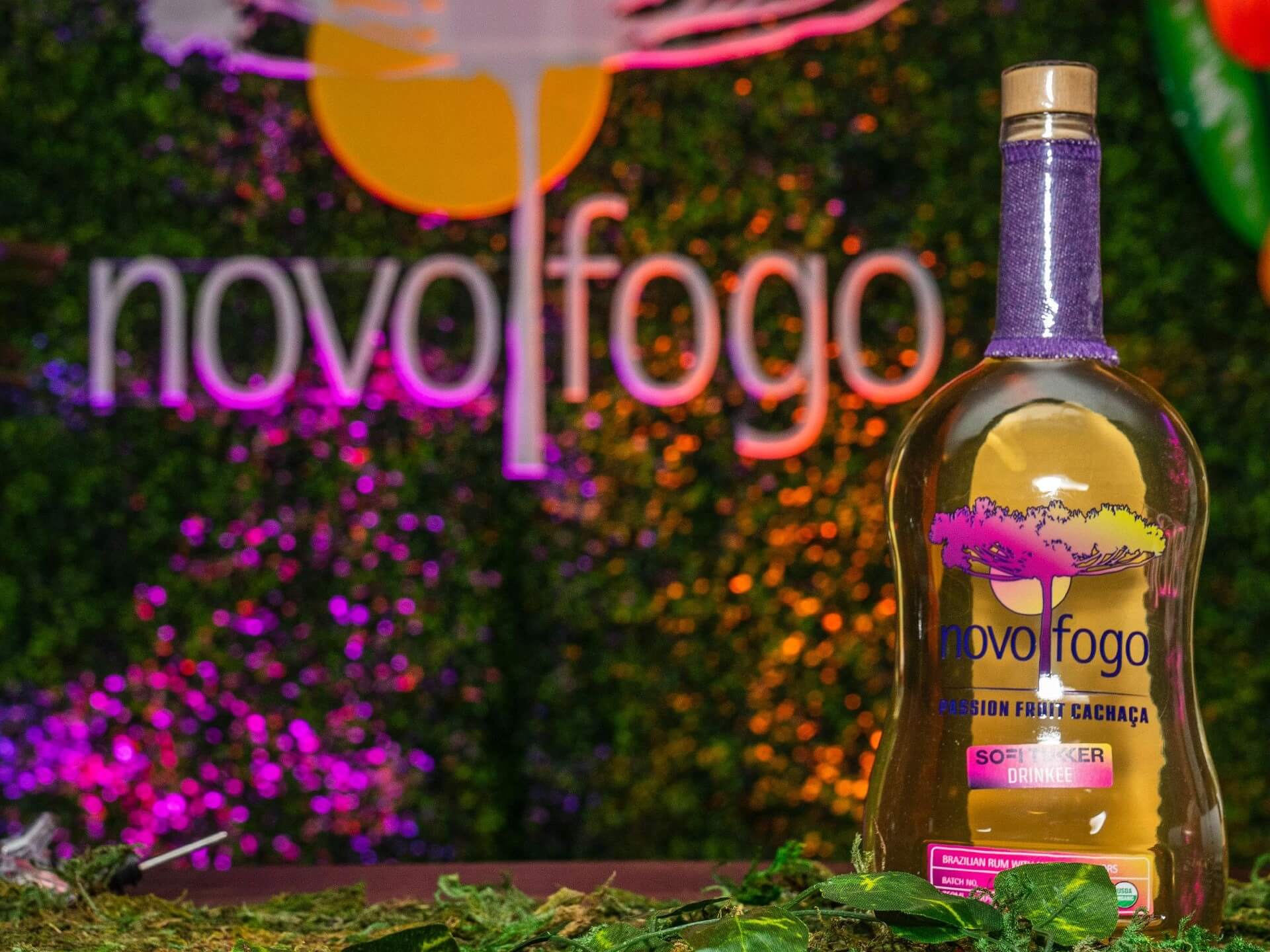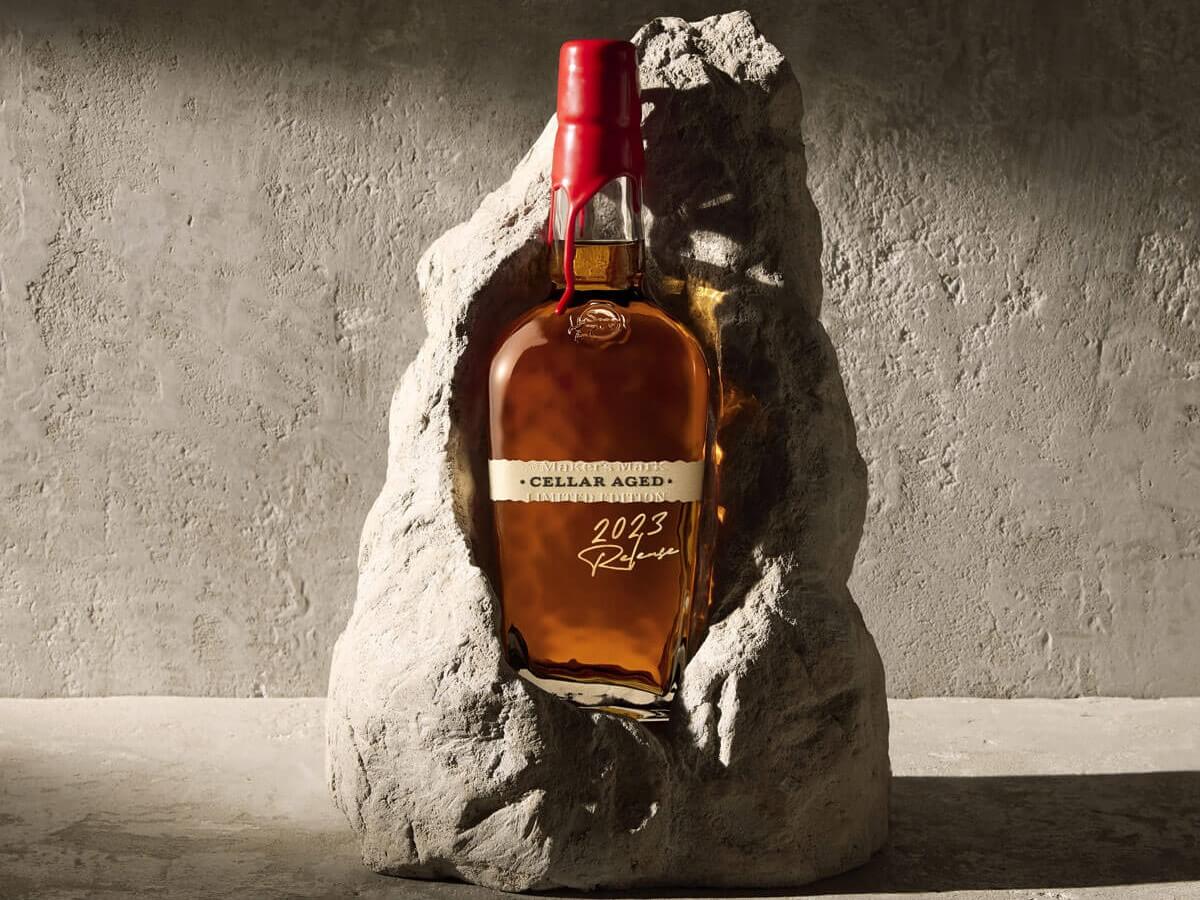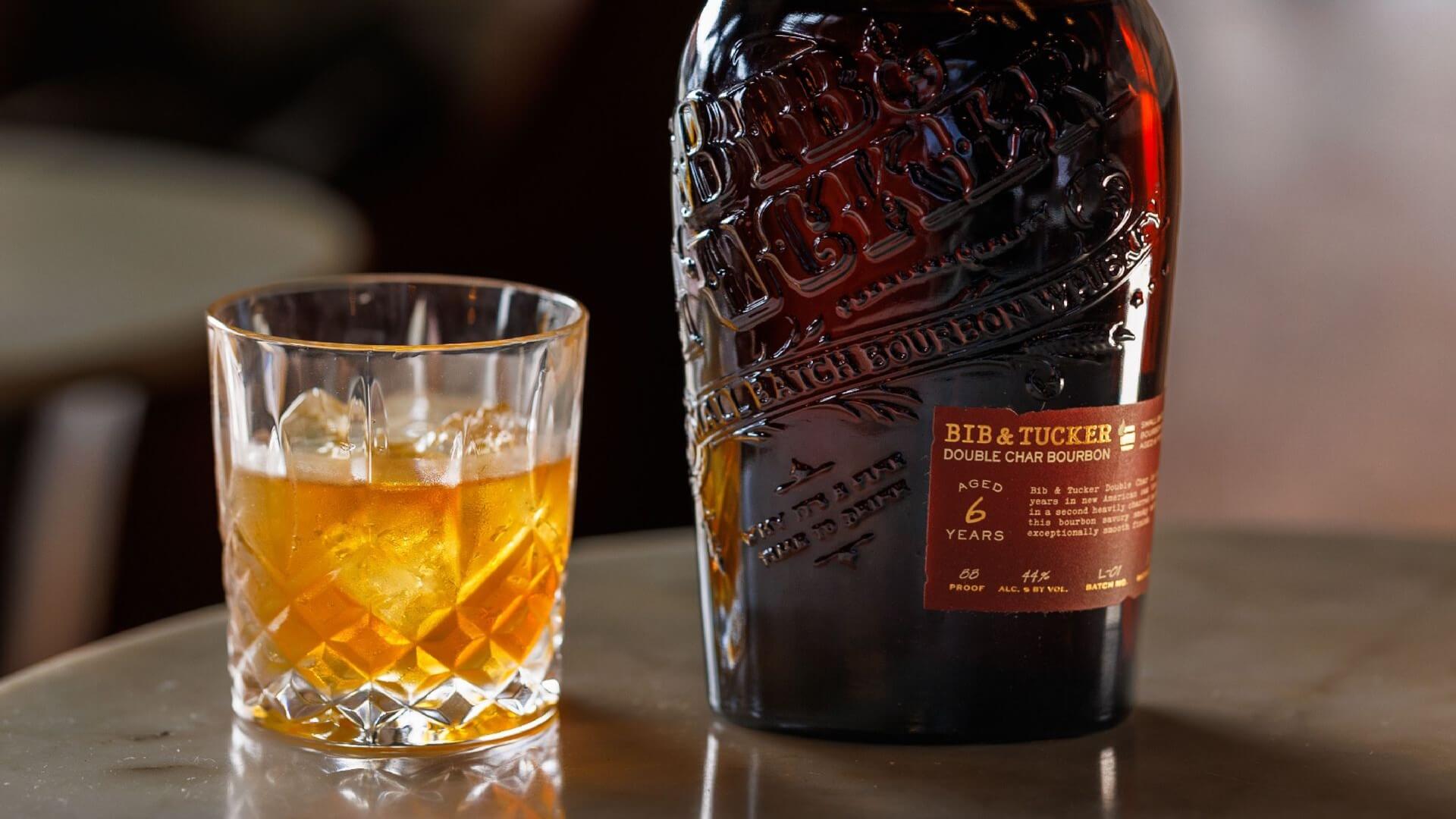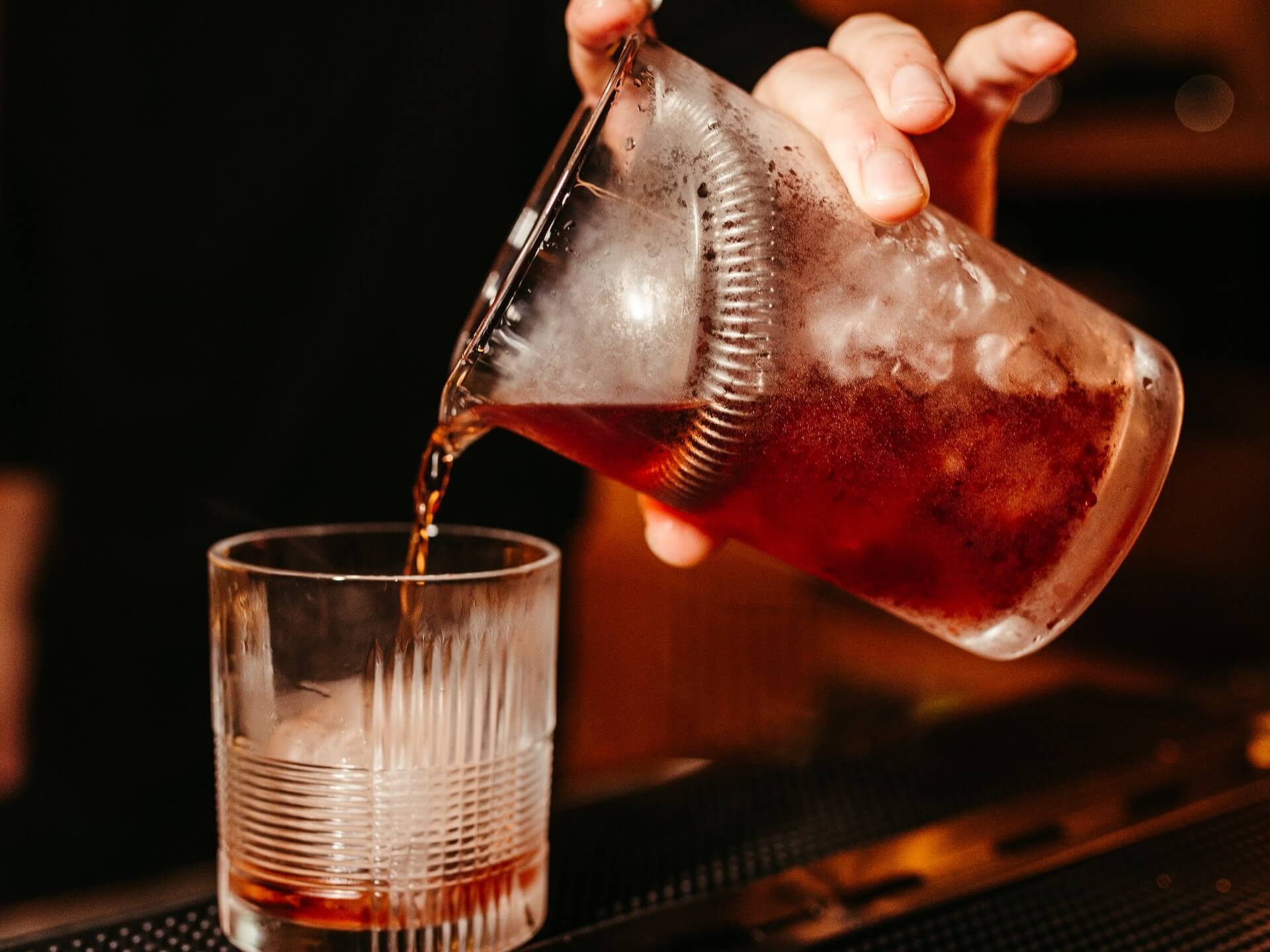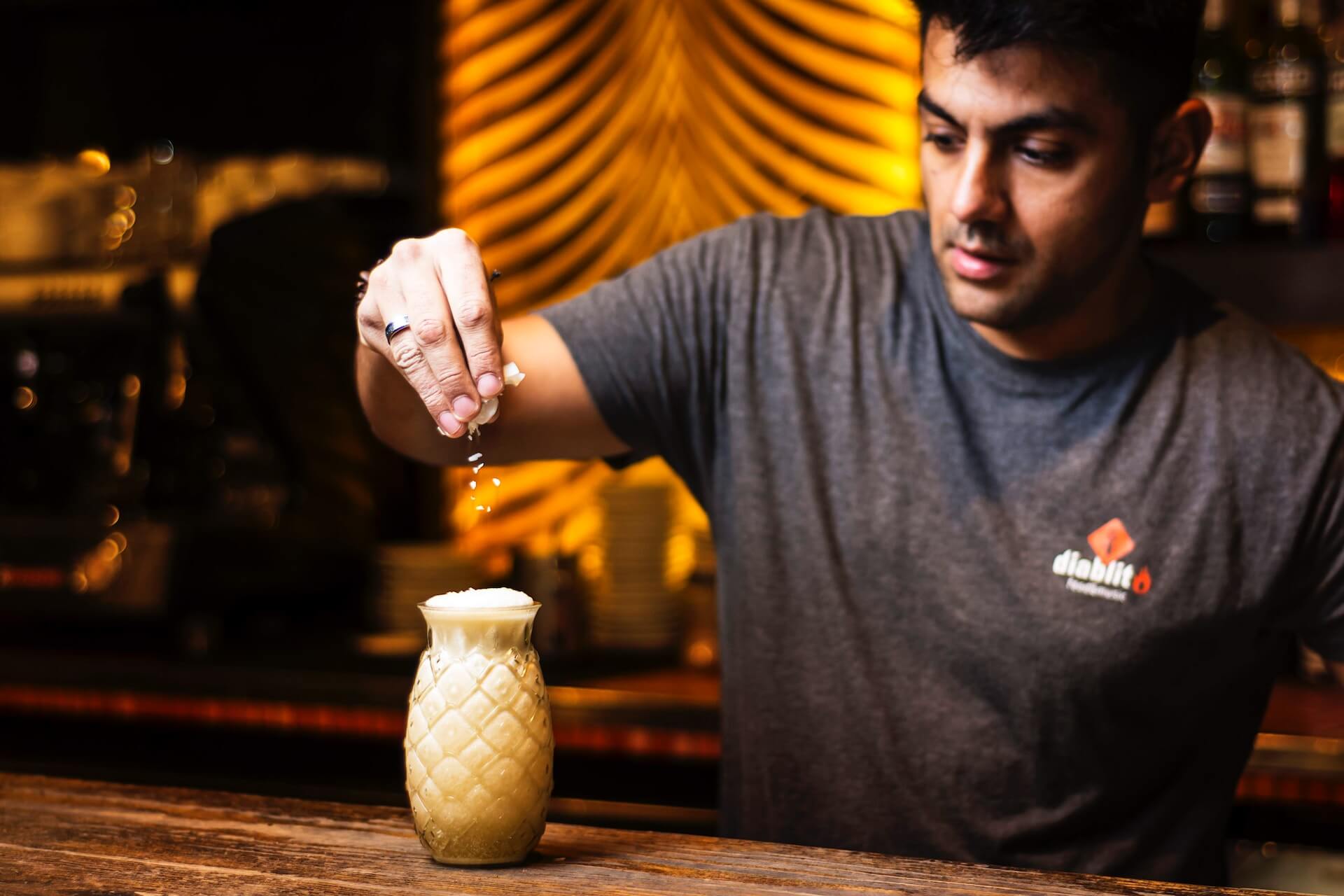Program for Unique Holidays: September 2023
by David Klemt

Do you want to stand out from from other restaurants and bars in your area? Change how you think about your September holiday promotions.
Several holidays are set against every date on the calendar, and this month is no exception. These holidays range from mainstream to esoteric.
Pay attention to the “weird” or unique holidays to raise eyebrows, carve out a niche for your restaurant or bar, and attract more guests. Why do what everyone else is already doing? Why program only around the same holidays as everyone else?
Of course, you shouldn’t try to celebrate every holiday, strange or otherwise. Focus on the days that are authentic to your brand; resonate with your guests; and help you grab attention on social media.
You’ll find suggestions for promotions below. However, the idea behind our monthly holiday promotions roundup is to inspire you and your team to get creative and come up with unique programming ideas.
For our August 2023 holidays list, click here.
September 4: Eat an Extra Dessert Day
Do you know what’s better than one dessert? Okay, yes, I know that you know I’m going to say two desserts.
On this holiday, highlight your desserts and encourage your guests to indulge, treating themselves to at least two.
September 5: Be Late for Something Day
Look, none of us are perfect. We’ve all been late for something, and each of us will be late for something in the future.
There’s no reason your guests can’t be late for something on September 5, taking the time to enjoy another bite or another drink (responsibly, of course).
September 8: National Ampersand Day
Pairings. Combos. Flights. LTOs. Restaurants and bars practically run on the word “and,” or the humble ampersand. Celebrate the ampersand by creating an LTO menu of enticing pairings and combos.
September 14: National Eat a Hoagie Day
If I have to tell you what to feature on this day…just wow. One word of caution, however: Make sure you’re making authentic hoagies, not just any sandwich.
September 15: National Cheese Toast Day
Whether you and your guests call it rarebit, cheese on toast, a toasted cheese sandwich, or a grilled cheese, this is the day to put your cheese toast in the spotlight. Bonus: This is also National Grenache Day, so come up with a toasted cheese sandwich that pairs well with this wine varietal.
September 16: National Guacamole Day
Sure, you can serve a guacamole you order from your food supplier. Or you can create your own signature guacamole (or guacamoles) and prepare it table- or bar-side.
As an example, when I make guacamole I like to add a bit of orange or grapefruit juice, along with lime juice. Nothing groundbreaking, but it adds a nice bit of zip.
September 22: Car Free Day
Encourage your staff and guests—if feasible, of course—to forego their cars, trucks, and SUVs and use alternative methods of travel to your venue. Bicycles, skateboards, EVs, scooters, motorcycles (lower emissions than cars), walking…anything but a traditional automobile.
September 25: Better Breakfast Day
Do you know where the people in your community can get a better breakfast? I really hope you said, “My restaurant/bar!”
September 27: National Crush a Can Day
I’m sure you have more than just a few “crushable” or sessionable beverages on your menu. Whether beer, canned cocktail, canned wine, or other canned RTD, this is the day to make your guests aware of your crushable menu items.
September 30: National Hot Mulled Cider Day
With summer over, cold-weather drinks will be the order of the day. So, get your hot mulled cider dialed in and feature it on your menu.
Image: Ivan Bertolazzi on Pexels


